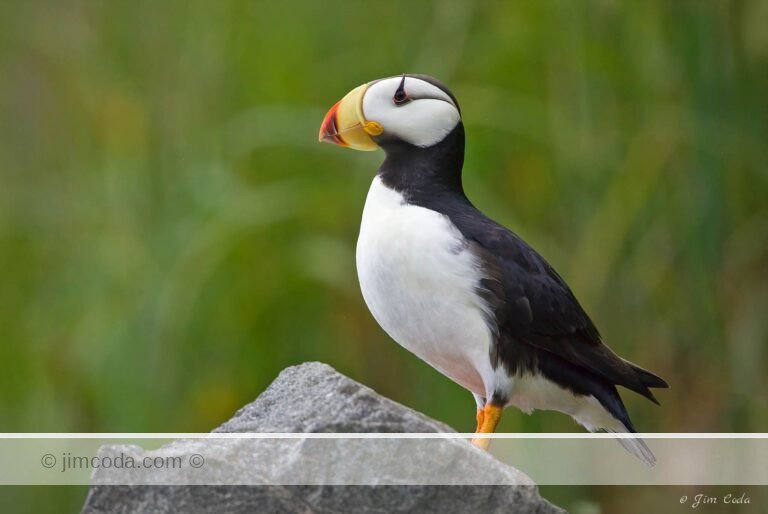Tag: badger
I was out at Point Reyes yesterday and it was kind of slow. I saw a couple of coyotes, but wasn’t...
I was at Point Reyes National Seashore yesterday from about noon to dark and saw ten coyotes and eight...
I was out at Point Reyes two days ago. It was a very good day. I saw and photographed multiple bobcats...
Red Fox Kits at Play
I arrived in Yellowstone on Sunday afternoon, May 26. The red fox den near the...
I learned about Jim Goldstein’s blog project some time in 2011. To learn more about it click here. ...
A 7-Point Bull on the D Ranch
I photographed this bull the day I photographed the badger. I’ve...
A badger wakes up from its sunbath.
After lunch today I decided to go out to Point Reyes. I’m...
No articles found
Load More Articles
Loading...
Prints for sale
Browse my selection of photos for sale as fine art prints
Filter by category
Sorry, no prints in this category









